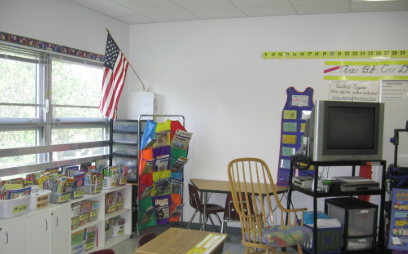Reading stations are a flexible and engaging way to encourage independent learning, build literacy skills, and provide meaningful practice in the classroom. With thoughtful setup and purposeful activities, reading stations can support differentiated instruction and keep students actively involved in their reading journey. Here’s how to set up effective reading stations that make a positive impact.
1. Define Your Goals
Before setting up your stations, decide what skills you want students to practice—comprehension, fluency, vocabulary, critical thinking, or all of the above. This will guide your station themes and materials.
2. Select the Right Number of Stations
Start with 3–5 stations to keep things manageable. Each station should focus on a specific skill or task, such as independent reading, word work, listening to reading, or responding to text.
3. Organize Materials Clearly
Use baskets, folders, or bins to keep station supplies tidy and accessible. Label everything clearly so students can find what they need and work independently.
4. Include a Mix of Activities
Offer a balance of hands-on, written, and digital activities. Some popular options include:
- Reading response journals
- Vocabulary matching games
- Listening to audiobooks
- Book sorting by genre or theme
- Graphic organizer tasks
5. Model Each Station
Spend time teaching students how to use each station correctly. Model the expectations, demonstrate the activities, and practice transitions to ensure smooth rotation.
6. Provide Clear Instructions
Use visual cues, step-by-step guides, or instruction cards at each station. These help students stay on task and minimize the need for constant teacher direction.
7. Rotate Regularly
Switch out the books and tasks every few weeks to keep things fresh and engaging. Incorporate seasonal themes, classroom units, or student interests.
8. Monitor and Support
Circulate the room during station time to observe, assist, and check in with students. Use this opportunity for informal assessment and encouragement.
9. Foster Student Choice
Allow students to select which station to visit (when appropriate) or which book to read. Choice increases motivation and ownership of learning.
10. Reflect and Adjust
At the end of the week or rotation, invite students to share what they liked or found challenging. Use their feedback to improve the station experience.
Final Thought
Reading stations create a dynamic, student-centered classroom where learners can explore literacy skills at their own pace. With structure, creativity, and consistency, they become a valuable part of any reading program.


